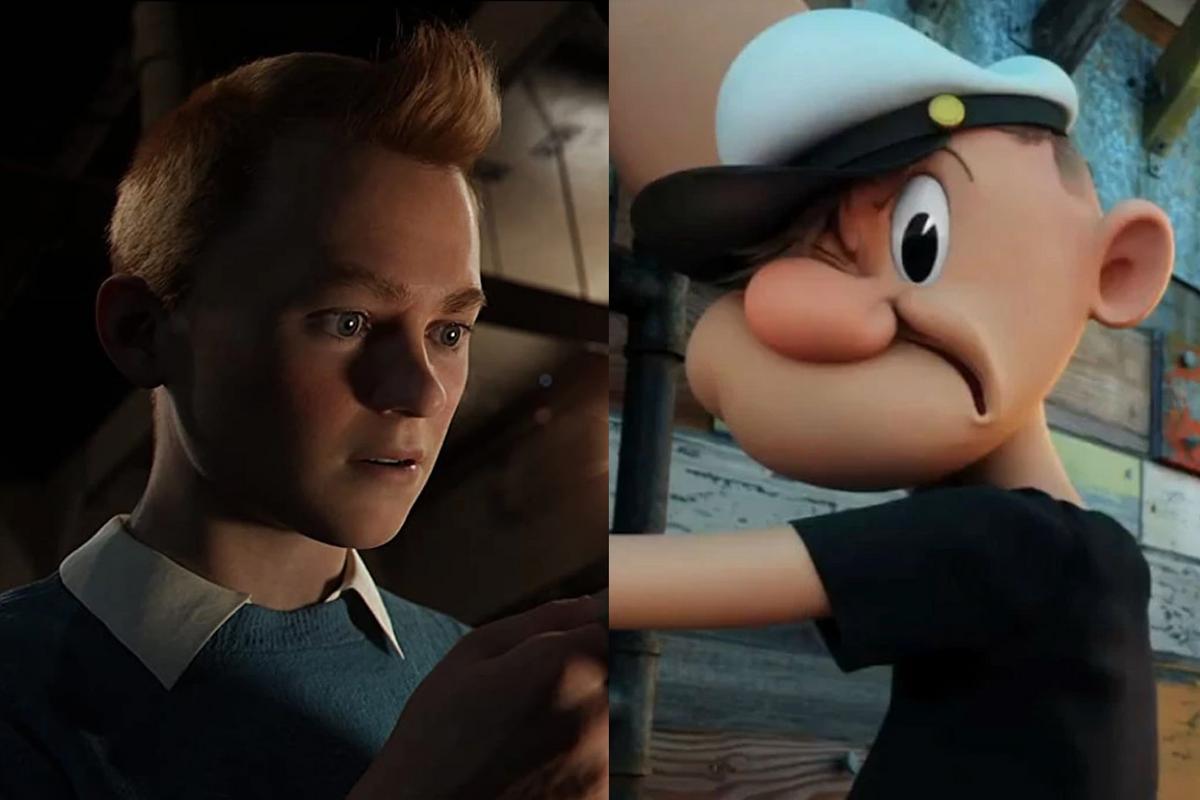Our planet can be absolutely terrifying. From unpredictable earthquakes to monstrous storms, there’s really no shortage of ways in which our cosmic home can kill us. And yet, our species perseveres, with humanity going so far as to entertain itself by telling stories about how we can overcome – or at the very least survive – the fury of nature. In fact, these stories have become so prevalent in popular culture that disaster movies are known to be one of the most profitable genres in all of cinema, and while some audiences remain critical so-called “disaster-porn,” I’d argue that the best of these films are really about the endurance of the human spirit.
And if you’re planning on telling a story about people coming to terms with how fragile they are when confronted with nature, why not place the camera in the hands of your own main characters? I mean, a found footage natural disaster movie seems like a really obvious idea when you stop to think about it, with the down-to-earth point-of-view requiring a much smaller budget while also having the added benefit of placing viewers directly in the thick of things. With that in mind, why is it that the underrated 2014 thriller Into the Storm remains the only serious attempt at such a project?
A rare example of a found footage flick with no ties to the supernatural, this unusual disaster movie was the brainchild of producer Todd Garner, with his story being inspired by real survivor and storm-chaser footage that showcased the power of rogue winds from a decidedly modern (not to mention vulnerable) perspective. Hiring screenwriter John Swetnam to turn his idea into a fleshed-out screenplay, the two then proceeded to look for studios interested in funding their collaboration.
Eager to produce a large-scale summer blockbuster that didn’t require an effects budget comparable to a small country’s GDP, New Line Cinema ended up purchasing the rights to the duo’s then-untitled spec script and set the project up with a $50 million production budget. They then hired Final Destination 5 director Steven Quale to helm the picture due to his previous experience with VFX mayhem, with shooting taking place in Michigan as a rag-tag team of digital artists from several different companies worked together to bring these simulated tornados to life.
In the finished film, we follow an ensemble of high-schoolers and storm-chasers (with the cast featuring the likes of Richard Armitage, Matt Walsh, Arlen Escarpeta and even Sarah Wayne Callies) as the small town of Silverton, Oklahoma comes under siege by an unprecedently dangerous storm. As tornados proceed to wreak havoc in town, some folks race to save their loved ones while others aim to profit off the destruction, with the plot unfolding through shifting points of view ranging from hillbilly YouTubers to professional camera crews.
SO WHY IS IT WORTH WATCHING?
Much like Jaws when it comes to shark movies, any tornado-based thriller will inevitably wind up being compared to Jan de Bont’s Twister. And with a “definitive” take on the subject already in existence, the smartest thing a filmmaker can do to shake up the formula is change how this kind of story is presented.
This is precisely why I think Into the Storm deserves a lot more credit for daring to remix familiar genre beats in ways that make them feel fresh again. Not only does the more intimate perspective enhance the existing thrills of watching characters attempt to survive ridiculously powerful tornados, but it also makes everything feel that much more believable – and consequently scarier.
I mean, the original script was already based on Garner and Swetnam’s fascination with the ever-increasing amount of raw disaster footage available online (not to mention freak weather phenomena brought on by accelerated climate change), so it feels appropriate that the finished product uses its gritty aesthetic to bring audiences closer to the real horrors of a natural disaster.
The shifting points of view also help to paint a better picture of the chaos and its victims, as it’s much easier to empathize with people when you’re right there in the middle of things alongside the rather than observing them from far away like they’re the inhabitants of a Roland Emmerich-owned ant farm. And while the script admittedly doesn’t do a very good job of fleshing these characters out, a naturally charismatic cast mostly makes up for that.
Lastly, this wouldn’t be much of a disaster flick without a convincing disaster, so it’s fortunate that Into the Storm manages to extract the most out of its relatively “small” budget when it comes to special effects. The digitally recreated whirlwinds are impressive in their own right (especially the larger ones towards the end), but I really appreciate the filmmakers’ choice to invest in a number of practical sets to really sell the extent of the destruction.
AND WHAT MAKES IT HORROR ADJACENT?
Having practically been raised by video stores and television, I grew up on a steady diet of popular disaster movies. And while I’ve always enjoyed these films, I was never particularly scared by them. The exaggerated spectacle almost always meant that the destruction felt more fun than terrifying, and that’s why I think the subdued thrills of Into the Storm make it worth a watch even though it occasionally stumbles over its own premise.
Like I mentioned earlier, found footage seems naturally suited for telling large-scale stories through a believable lens, and in a post-9/11 world where every angle of every tragedy makes its way online, it makes sense that the scariest way of experiencing a movie about such events is through the eyes of the victims themselves.
We may have seen many of these story beats before (such as comedy relief characters underestimating the danger that they’re in or parents desperately racing to save their irresponsible children in a cautionary tale from hell), but it’s much easier to ignore clichés when the film does such a good job of establishing that doesn’t take place in an exaggerated hyper-reality where Dwayne Johnson will show up to save the day (even if certain characters end up being sucked into a flaming tornado that looks like it came straight out of Doom).
Hell, there’s one particularly horrific scene where an anti-tornado vehicle and its driver get lifted into the air so high that we can see the clear skies beyond the storm, and while this would have felt comical in any other context, the POV presentation turns this moment into a living nightmare as the camera begins to point down and the vehicle enters freefall.
That being said, I’ll be the first to admit that Into the Storm has some serious authenticity issues in the found footage department. From teleporting cameramen to impossible angles and serious continuity blunders (not to mention perfect audio quality in absurdly loud weather conditions), Quale’s lack of commitment to the format often ruins the immersion factor. That’s why I’ve come to appreciate this film as more of a blueprint for future found footage disaster flicks instead of as a great movie in its own right.
At the end of the day, Into the Storm doesn’t even come close to dethroning Twister as the definitive tornado movie, but it doesn’t really have to. Sometimes, a film’s willingness to experiment with familiar ideas is enough to warrant a second look, and I’m thoroughly convinced that found footage fatigue is largely responsible for the flick’s poor critical reception back in 2014. However, if you can overlook some overly-familiar tropes and logical inconsistencies, I still think this weird little disaster flick is worth tracking down.
There’s no understating the importance of a balanced media diet, and since bloody and disgusting entertainment isn’t exclusive to the horror genre, we’ve come up with Horror Adjacent – a recurring column where we recommend non-horror movies that horror fans might enjoy.


























































![Mason Ramsey – Twang [Official Music Video] Mason Ramsey – Twang [Official Music Video]](https://i.ytimg.com/vi/xwe8F_AhLY0/maxresdefault.jpg)






















